Popular
Latest From the Show


How to Make Apple Cider Doughnut Cake | Milk Bar's Christina Tosi

Q&A with Organizational Pro Peter Walsh + Dermatologist Shares A…

Actor Hank Azaria + Freezer Meals + Artichokes 2 Ways with Rach

See Inside Barbara Corcoran's Stunning NY Apartment + It's Steak…
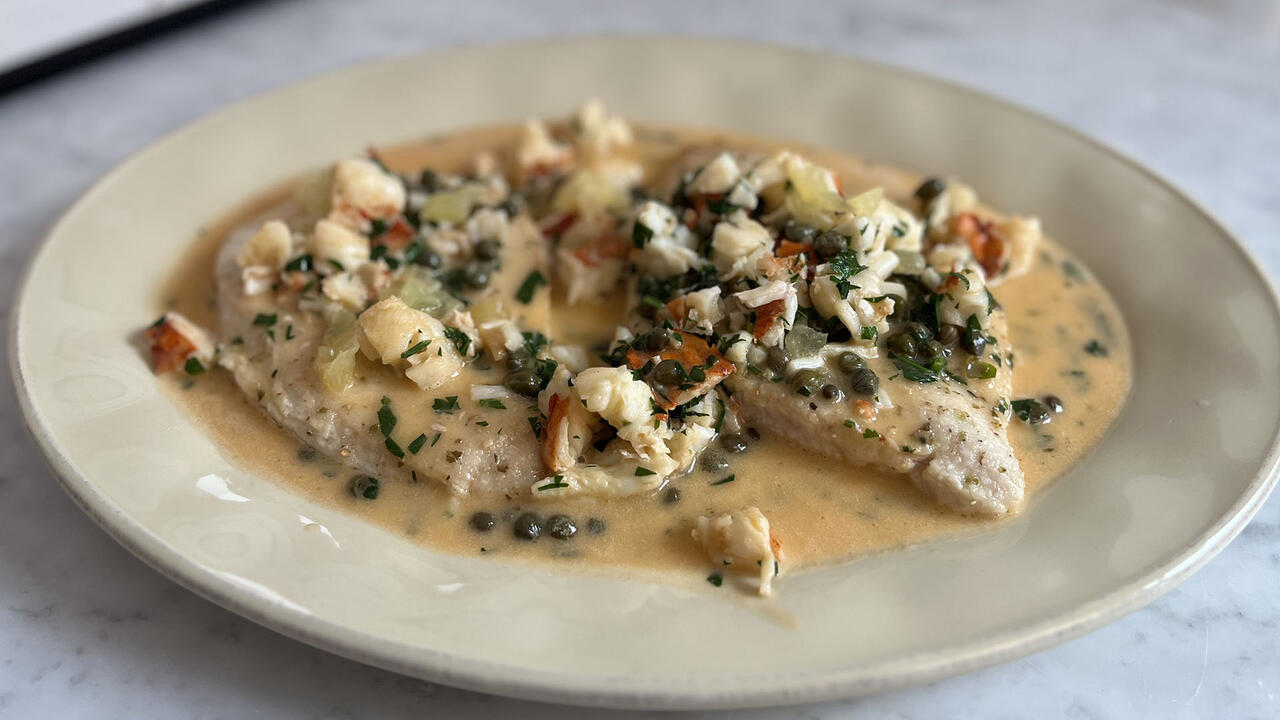
How to Make Chicken and Lobster Piccata | Richard Blais

Donnie Wahlberg Spills Details About NKOTB's First Ever Conventi…

Donnie Wahlberg + Jenny McCarthy Say Rach Is Such a "Joy" + Look…

The Best Moments From 17 Seasons of the Show Will Make You Laugh…

How to Make Crabby Carbonara | Rachael Ray
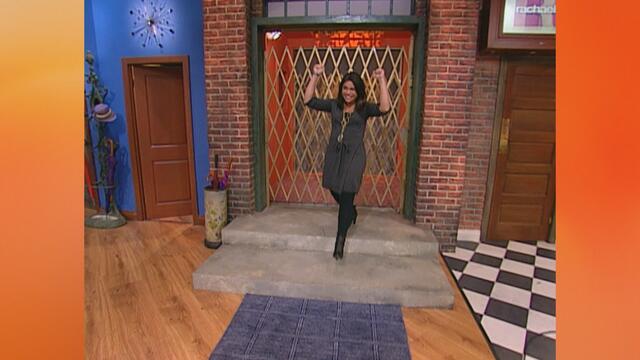
Rach Chats "Firsts" In Flashback From Our First Episode Ever In …
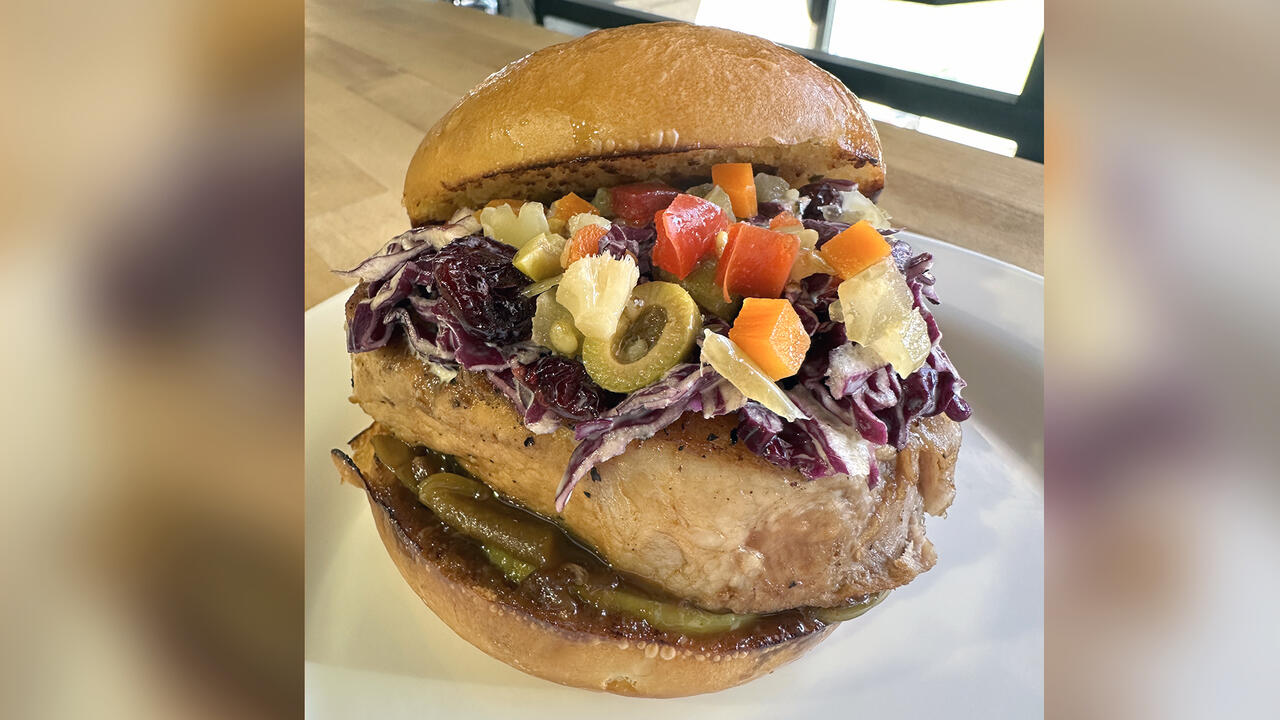
How to Make Apple-Cider Braised Pork Chop Sandwiches with Onion …

Rach's Chef Pals Say Goodbye to Show in Surprise Video Message
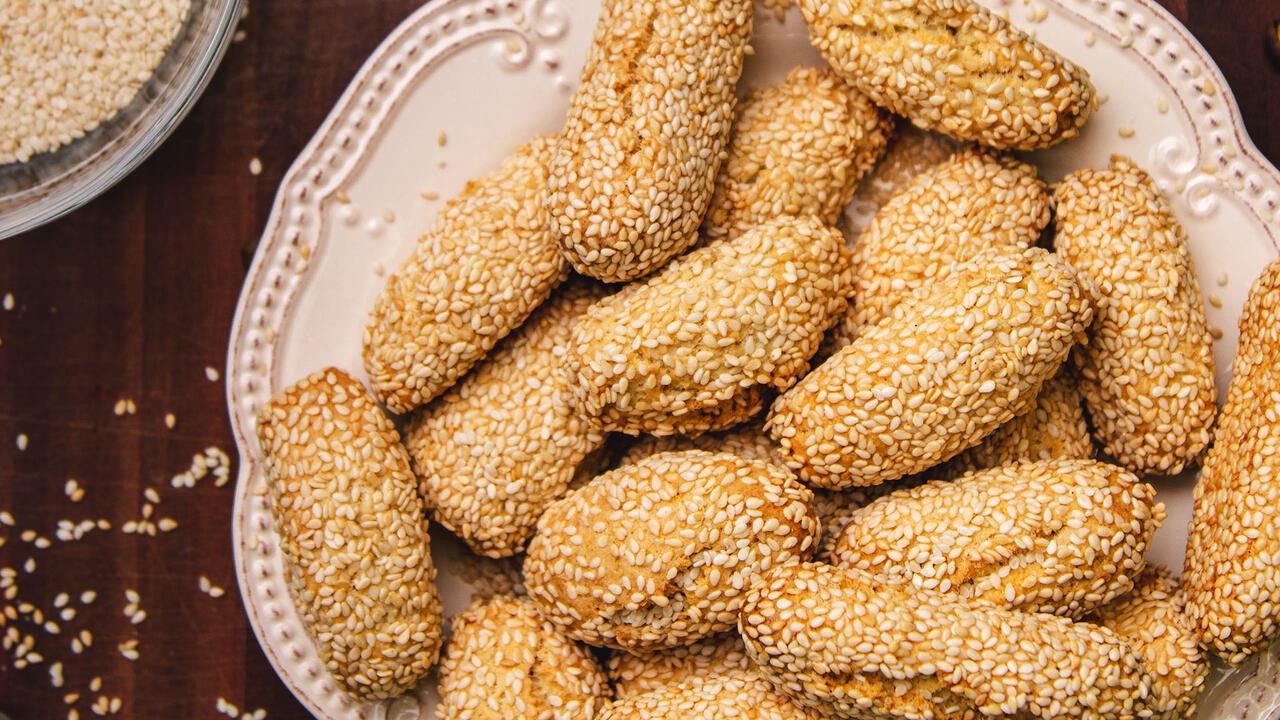
How to Make Sesame Cookies | Buddy Valastro

How to Make Tortilla with Potatoes, Piquillo Peppers and Mancheg…
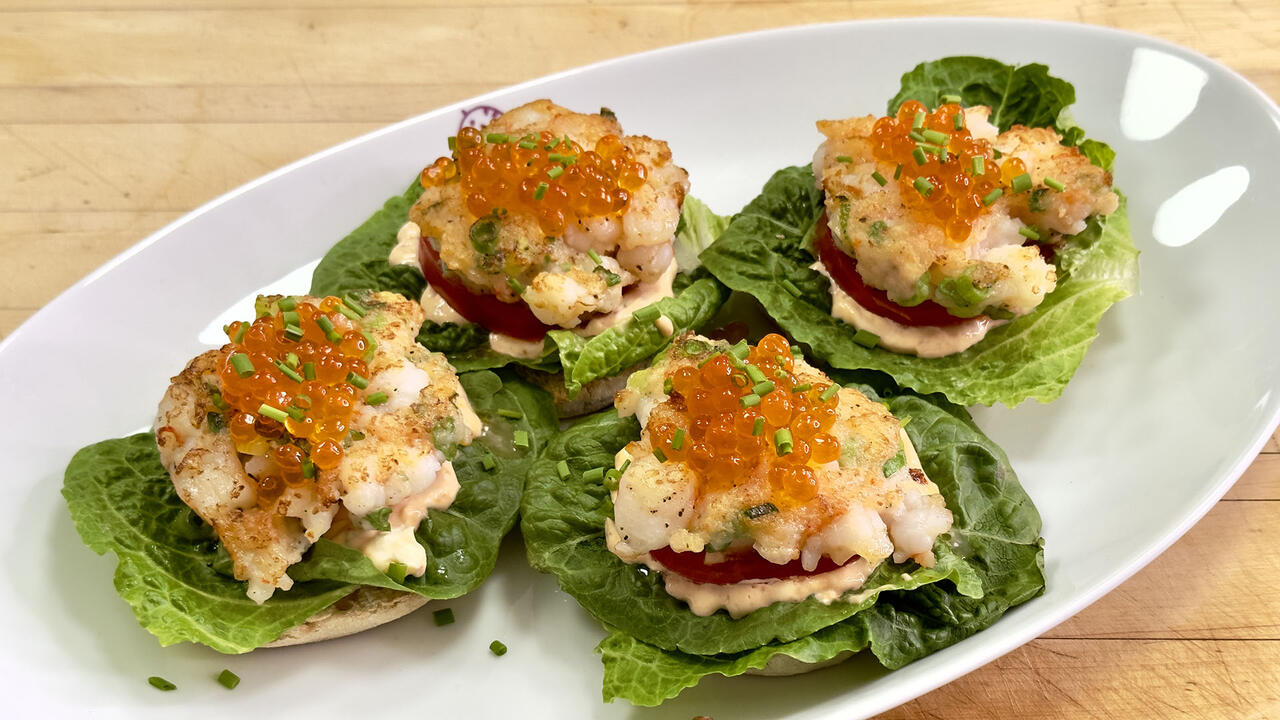
How to Make Shrimp Burgers | Jacques Pepin

How to Make Spanakopipasta | Rachael Ray

Andrew McCarthy Chokes Up Discussing Emotional Trip to Spain wit…

Celebrity Guests Send Farewell Messages After 17 Seasons of the …

Celebrity Guests Send Farewell Messages After 17 Seasons of the …

Andrew McCarthy Teases Upcoming "Brat Pack" Reunion Special

Michelle Obama Toasts Rach's 17 Years on the Air With a Heartfel…
Each product has been independently selected by our editorial team. We may receive commissions from some links to products on this page. Promotions are subject to availability and retailer terms.
Cult-favorite bakery chain Milk Bar sells some of the most creative and original sweets around. Think Cereal Milk Ice Cream, Crack Pie, Compost Cookies and their insanely popular "naked" cakes, including this Classic Birthday Cake, which are all over Instagram.
Christina Tosi is the mastermind, founder and owner of this dessert destination. She's also a judge on "MasterChef Junior." Her cinnamon-scented doughnut cake, layered with apple cider jam and cream cheese frosting, is one of her favorite recipes.
Special equipment needed: One quarter sheet pan, one 6-inch cake ring, two strips of 3" x 20" acetate
Ingredients
- 1 stick (8 tablespoons) butter at room temperature
- 1 ¼ cups plus 2 ⅓ teaspoons granulated sugar
- ¼ cup tightly packed light brown sugar
- 3 eggs
- ½ cup buttermilk
- ½ cup plus ½ teaspoon used fry oil
- 1 teaspoon dark vanilla extract
- 1 ½ cups cake flour
- 1 ¼ teaspoons baking powder
- 1 teaspoon kosher salt
- 2 ½ teaspoons ground cinnamon
- Pam or other nonstick cooking spray (optional)
- ¾ cup apple cider
- ½ cup plus 2 tablespoons sugar, divided
- 1 tablespoon lemon juice
- 1 ¼ teaspoons pectin
- ½ teaspoon kosher salt
- 1 ½ cups cake flour
- ¾ cup granulated sugar
- 3 tablespoons light brown sugar
- 1 teaspoon baking powder
- 1 teaspoon salt
- 1 teaspoon cinnamon
- ¼ teaspoon ground ginger
- ⅓ cup used fry oil
- 4 teaspoons water
- 5 tablespoons butter
- ⅔ cup plus ¼ cup powdered sugar
- ⅝ cup cream cheese
- ½ teaspoon salt
- Tiny pinch of citric acid
- Pinch of yogurt powder
- 1 ½ tablespoons creme fraiche
- 1 teaspoon clear vanilla extract
- ½ teaspoon dark vanilla extract
- ½ cup plus 3 tablespoons doughnut sand (from the Doughnut Crumb)
- ¼ cup milk
Yield
Preparation
For the doughnut cake, preheat the oven to 350°F.
Combine the butter, granulated sugar and light brown sugar in the bowl of a stand mixer fitted with the paddle attachment and cream together on medium-high speed for 2 to 3 minutes. Scrape down the sides of the bowl, add the eggs and mix on medium-high again for 2 to 3 minutes. Scrape down the sides of the bowl once more.
On low speed, stream in the buttermilk, oil and vanilla. Increase the mixer speed to medium- high and paddle for 4 to 6 minutes, until the mixture is practically white, twice the size of your original fluffy butter-and-sugar mixture and completely homogenous. Don’t rush the process—you’re basically forcing too much liquid into an already fatty mixture that doesn’t want to make room for the liquid. Stop the mixer and scrape down the sides of the bowl.
On very low speed, add the cake flour, baking powder, salt, and cinnamon. Mix for 45 to 60 seconds, just until your batter comes together and any remnants of dry ingredients have been incorporated. Scrape down the sides of the bowl. If you see any lumps of cake flour while you’re scraping, mix for another 45 seconds.
Pam-spray a quarter sheet pan and line it with parchment, or just line the pan with a Silpat. Using a spatula, spread the cake batter in an even layer in the pan. Give the bottom of your sheet pan a tap on the countertop to even out the layer.
Bake the cake for 30 to 35 minutes. The cake will rise and puff, doubling in size, but will remain slightly buttery and dense. At 30 minutes, gently poke the edge of the cake with your finger: the cake should bounce back slightly and the center should no longer be jiggly. Leave the cake in the oven for an extra 3 to 5 minutes if it doesn’t pass these tests.
Take the cake out of the oven and cool on a wire rack or, in a pinch, in the fridge or freezer (don't worry, it's not cheating). The cooled cake can be stored in the fridge, wrapped in plastic wrap, for up to 5 days.
For the apple cider jam, combine the cider, ¼ cup plus 1 tablespoon of the sugar and the lemon juice in a pot. Heat over medium-high until it begins to boil.
Meanwhile, using a whisk, combine the pectin with the remaining ¼ cup plus 1 tablespoon sugar and the salt in a bowl.
Reduce the heat of the cider mixture to a simmer and, whisking steadily, add the sugar-pectin mixture. Bring back to a boil, continuously whisking, and cook to 217°F.
Remove from the heat, pour into a heat-resistant container and allow to cool. The jam can be stored in an airtight container in the fridge for up to 2 weeks.
For the doughnut crumb, preheat the oven to 300°F.
Combine the cake flour, granulated sugar, light brown sugar, baking powder, salt, cinnamon and ginger in a medium bowl. Toss with your hands to mix. Add the oil and water. Toss using a spatula until the mixture starts to come together and form small clusters.
Spread the clusters on a parchment- or Silpat-lined sheet pan and bake for 18 minutes. The crumbs should be sandy at that point, and your kitchen should smell like buttery heaven. Cool the crumbs completely.
Crumble any donut crunch into clusters that are larger than ½ inch in diameter. Reserve the fine crumbs (doughnut sand) for the frosting.
The crumbs will keep in an airtight container in the fridge or freezer for up to 1 month.
For the doughnut frosting, place the butter and the 2/3 cup powdered sugar into a mixer fitted with the paddle attachment and paddle until smooth and there are no lumps, scraping down the sides as needed.
Add the cream cheese, ¼ cup powdered sugar, salt, citric acid and yogurt powder to the bowl, paddle again and scrape until there are no lumps. Add the creme fraiche and both extracts, mix until incorporated and scrape.
With the mixer on low speed, add the doughnut sand, stirring until just combined.
To assemble, put a piece of parchment or a Silpat on the counter. Invert the doughnut cake onto it and peel off the parchment or Silpat from the bottom of the cake. Use the cake ring to stamp out two circles from the cake. These are your top two cake layers. The remaining cake “scraps” will come together to make the bottom layer of the cake.
Clean the cake ring and place it in the center of a sheet pan lined with clean parchment or a Silpat. Use one strip of acetate to line the inside of the cake ring.
Put the cake scraps together inside the ring and use the back of your hand to tamp the scraps together into a flat, even layer.
Put the milk in a small bowl. Dunk a pastry brush in it and give the layer of cake a good, healthy bath.
Use the back of a spoon to spread half of the apple cider jam in an even layer over the cake.
Sprinkle the doughnut crumbs evenly over the apple cider jam. Use the back of your hand to anchor them in place.
Use the back of a spoon to spread one-third of the doughnut frosting as evenly as possible over the crumbs.
With your index finger, gently tuck the second strip of acetate between the cake ring and the top ¼ inch of the first strip of acetate, so that you have a clear ring of acetate 5 to 6 inches tall—high enough to support the height of the finished cake. Set a cake round on top of the frosting and repeat the process for layer one. (If one of your two cake rounds is messier than the other, use it here in the middle and save the prettier one for the top).
Nestle the remaining cake round into the frosting. Cover the top of the cake with the remaining frosting. Give it volume and swirls, or do as we do and opt for a perfectly flat top. Garnish the frosting with the remaining doughnut crumbs.
Transfer the sheet pan to the freezer and freeze for a minimum of 12 hours to set the cake and filling. The cake will keep in the freezer for up to 2 weeks.
At least 3 hours before you are ready to serve the cake, pull the sheet pan out of the freezer and, using your fingers and thumbs, pop the cake out of the cake ring. Gently peel off the acetate and transfer the cake to a platter or cake stand. Let it defrost in the fridge for a minimum of 3 hours. Wrapped well in plastic, the cake can be refrigerated for up to 5 days.
Slice the cake into wedges and serve.


